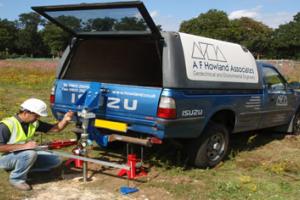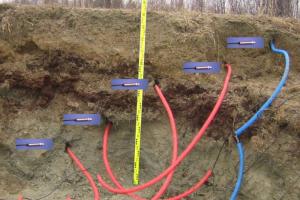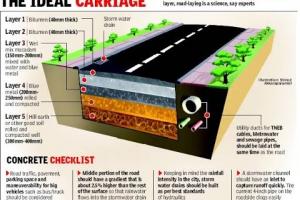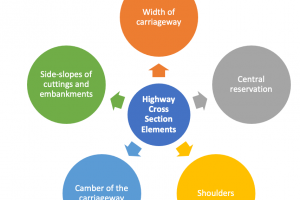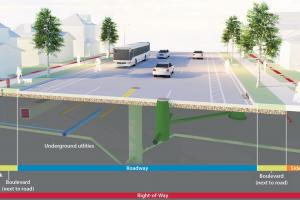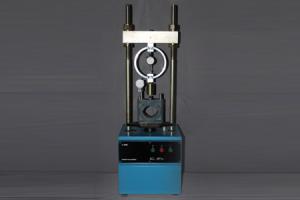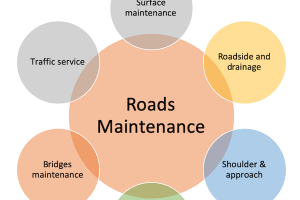Uses of Base Cross Drain

A base cross drain, also known as a culvert, is a type of drainage structure commonly used in civil engineering and transportation infrastructure projects. Its primary purpose is to facilitate the efficient flow of water or other fluids across a road, railway, or embankment. Here are some specific uses and benefits of base cross drains:
Definition:
A subsurface drain, generally perpendicular to the roadway alignment, is designed to drain infiltrated water. Often needed at bridge abutments, toll plazas, and across the road on long downgrades.
Purpose, Uses and Applications of Base Cross Drain
The main purpose of the cross-drain is to channel water from above the path to the lower side. The source of the water may be from small streams, springs, mossy flushes, areas of uphill surface water or seepage. Cross-drains are also used to collect and disperse path surface water at low points on the path, or on sloping paths where water bars are not suitable for the path Use.
Water Management:
Base cross drains are used to manage water runoff by diverting it away from roadways or other areas prone to flooding. They help prevent water accumulation on the surface, reducing the risk of road damage and maintaining safe driving conditions.
Erosion Control:
By providing a passage for water to flow across a road or embankment, base cross drains help prevent erosion of soil or embankment materials. This is particularly important in areas with steep slopes or high water flow rates.
Structural Integrity:
Effective drainage is crucial for maintaining the structural integrity of roads, railways, and embankments. Base cross drains prevent water from seeping into the subgrade, which can cause weakening, instability, or even failure of the infrastructure.
Improved Safety:
By preventing water accumulation on road surfaces, base cross drains enhance safety for motorists. They reduce the risk of hydroplaning, skidding, and loss of vehicle control due to wet or flooded conditions.
Environmental Considerations:
Base cross drains help preserve the natural environment by controlling water flow and minimizing the impact of human-made structures on aquatic ecosystems. They allow for the continuous movement of water, maintaining the ecological balance and preventing stagnant water conditions.
Longevity of Infrastructure:
Proper drainage with base cross drains significantly extends the lifespan of roads, railways, and embankments. By preventing water-related damage, such as erosion, subgrade instability, or frost heave, they contribute to the long-term durability and functionality of the infrastructure.
Cost Savings:
Adequate drainage systems, including base cross drains, can result in cost savings over time. By reducing maintenance and repair needs associated with water-related damage, they minimize the need for frequent interventions and prolong the intervals between major infrastructure upgrades or replacements.
Overall, base cross drains play a crucial role in ensuring effective water management, preventing infrastructure damage, enhancing safety, and promoting the longevity of transportation and civil engineering projects.



